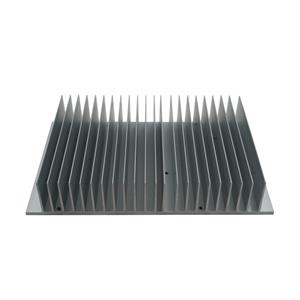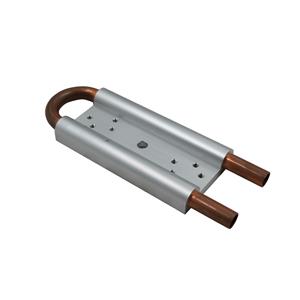Innovations in Automotive Radiator Design and Technology

The design of automotive radiators has made significant progress thanks to computational tools and continuously evolving manufacturing technologies. Engineers now utilize computer-aided design (CAD) and computational fluid dynamics (CFD) to simulate airflow and optimize the shape and layout of radiators within vehicles. A notable innovation is microchannel technology, characterized by numerous tiny channels, which not only improves heat transfer efficiency but also reduces weight and material usage. This design improvement demonstrates how automotive radiator technology is continuously evolving towards greater efficiency and sustainability.
Types of Radiators and Their Applications
Different vehicle types and performance requirements have led to the development of various automotive radiator designs:
Crossflow Radiators: Coolant reservoirs are located on both sides, allowing the coolant to flow horizontally. This design provides higher cooling efficiency and is often used in high-performance vehicles.
Downflow Radiators: Coolant reservoirs are located at the top and bottom, allowing the coolant to flow vertically. Although less efficient than crossflow designs, they are still common in classic models and some modern applications.
Core Radiators: A traditional design consisting of many small tubes and fins, commonly found in older vehicles and medium-duty trucks.
Racing Radiators: Designed with larger tubes and thicker fins to handle the extreme heat loads encountered in high-performance applications.
Future Development Directions of Automotive Radiator Technology
As vehicles continue to evolve, so too does heat dissipation technology. The emergence of electric and hybrid vehicles has brought new thermal management challenges, which radiators must address. Although electric vehicles generate less waste heat than internal combustion engines, they still require complex cooling systems to cool batteries and power electronics. Researchers are further improving heat transfer efficiency by employing advanced materials and designs.
Nanofluids have shown potential in enhancing thermal performance, but their widespread commercial application is still under development.
Integrating 3D printing technology into the radiator manufacturing process enables rapid prototyping of complex components, allowing engineers to test and improve designs more quickly, thereby accelerating the development of more efficient heat dissipation solutions.
Automotive radiator are a highly innovative engineering technology that plays a crucial role in the operation and lifespan of vehicles. From their basic function as heat exchangers to the advanced materials and smart technologies incorporated into their continuously improved designs, radiators are constantly adapting to the ever-changing environment of automotive design.




